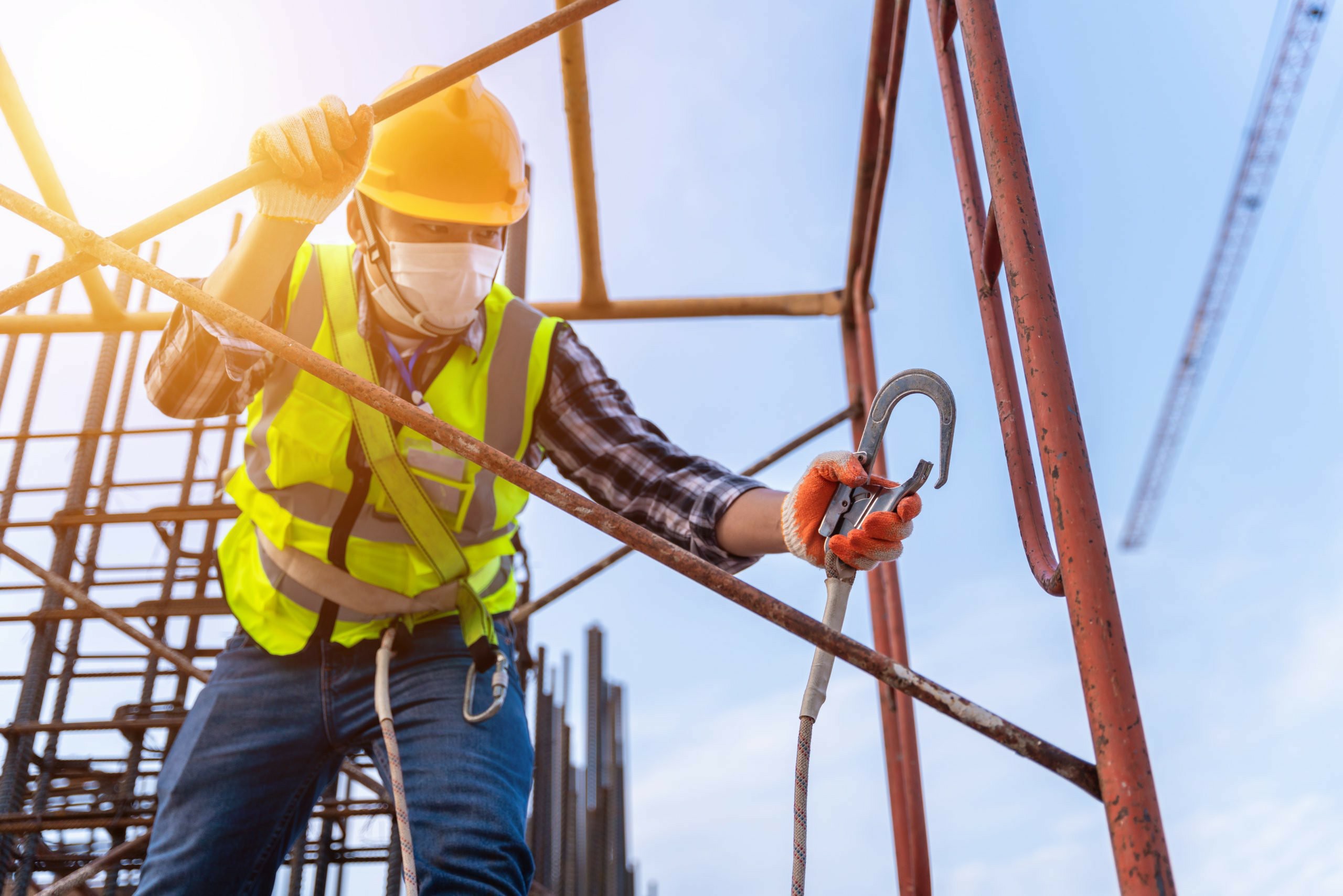


 349,500 Offered Certificates
349,500 Offered Certificates
 24/7 Online Training
24/7 Online Training
 Money Back Guarantee
Money Back Guarantee
 Fully Accredited Courses
Fully Accredited Courses

Created at: 22-02-2025 14:22
Working at heights can be an inherently risky endeavor, and when combined with adverse weather conditions, the stakes become even higher. Understanding how weather elements like wind, rain, and icy surfaces impact safety protocols is crucial for any workforce that operates above ground. As we delve into this subject, we will also highlight the importance of comprehensive <Working at Heights training> to equip workers with the skills needed to manage these challenges effectively.
Weather conditions play a crucial role in ensuring safety when working at heights. Here, we explore how various elements can create risks at elevated work sites.
Working in strong winds significantly increases the risk of falls and equipment hazards. High winds can destabilize both workers and materials, leading to potential injuries or accidents. Risk factors include:
Rain creates slippery surfaces, which can lead to slips, trips, and falls. The following points illustrate specific concerns:
Icy surfaces are particularly dangerous when working at heights. Workers may underestimate the risks posed by ice, leading to severe consequences:
To ensure safety while working at heights amidst adverse weather, implementing a series of best practices is essential:
The key to working safely at heights in adverse weather is continuous education. Training programs such as the <Working at Heights Safety Course> provide critical insights into how weather impacts working conditions and equip workers with the skills to handle those challenges effectively.
Employers should also encourage their workers to engage in Working at Heights certification courses that emphasize weather preparedness. Choosing a trusted provider for Working at Heights training in Dublin, Cork, and Galway ensures that your workers are well-prepared for any situation.
Weather conditions present continual challenges for those working at heights. By understanding the risks posed by wind, rain, and icy surfaces, and by investing in comprehensive training, businesses can significantly improve workplace safety. Ensuring that every worker is adequately equipped for adverse weather not only protects personnel but also enhances overall productivity and job satisfaction.
Ready to enhance safety in your organization? Enroll your team in a Certified Working at Heights Training program today or contact us at [email protected] for more information!